Stop Dishwasher Disasters: The Hidden Settings That Make Your Dishes Actually Dry
Tired of pulling wet dishes out of your supposedly "clean" dishwasher? Same. You are far from alone. Most of us hit Start and walk away, never touching the other buttons on that busy control panel. Yet the fix is often sitting in plain sight.
The truth is, most dishwashers come equipped with enhanced drying options that many users never discover. You might see names like "Dry+," "Pro Dry," or "Extended Dry." Different label, same goal: dishes that are actually dry at the end. And yes, it is surprisingly easy to build the habit of pressing only "Start" and ignoring the rest.
Your machine probably hides other gems too, the kind that trim utility bills, stop underwashing on messy loads, and keep the dishwasher humming for years. Let’s dig into those features, starting with the simple tweak that ends the wet dish routine for good.
Finding your dishwasher's extra dry setting
The most commonly missed feature is the extra-dry option, which shows up on many modern models as "Extra Dry," "TurboDry," or "Power Dry". These are not separate cycles. They are add-on selections you choose after picking the main wash program, usually as their own buttons or toggles rather than on the main dial.
How do they work? They bump the water temperature during the final rinse or use internal heating elements to improve evaporation. In practice, these settings extend the last phase with more heat or time to drive off lingering moisture. That is the stuff that clings to plastic and glass.
In my testing across a handful of machines, plastic containers that usually come out dripping finish dry when the extra setting is on. The change is most obvious on light plastic pieces that do not hold enough heat to evaporate water on their own.
Many newer dishwashers also feature automatic door-opening technology that pops the door slightly ajar after the cycle completes. That small crack lets steam escape, a low-energy air-dry that works as well as heated drying for many loads. If your door opens itself at the end, no, it is not haunted. That is the feature doing its job.
Money-saving settings that slash utility bills
Your machine likely includes efficiency modes that quietly cut costs. Eco mode is the big missed opportunity, with surveys finding only one in five people use it.
Eco runs longer at lower temps. A typical main cycle takes around two and a half hours, while Eco stretches to roughly four. That extra time lets detergent enzymes keep working even without the higher heat.
The payoff is real. Switching from Auto to Eco mode could save you around. For most homes, that is about $60 to $80 back, depending on local rates.
Use Eco for light to moderate mess. If you are staring at baked-on dinners and greasy pans, the lower temps may leave residue and force a rewash, which wastes more than running a hotter cycle in the first place.
The Air Dry setting is another easy win that appliance pros recommend. Heat drying is the default on many machines and it guzzles electricity to keep temperatures high. Pair Air Dry with Eco and you stack the savings. Per-load costs can drop dramatically.
Smart cycle selection prevents waste and rewashing
Picking the right cycle stops both so-so cleaning and wasted water. Auto or Sensor Wash has largely replaced a basic "Normal" on many newer dishwashers. Sensors read soil levels and adjust temperature, water, and duration on the fly.
Here is what is happening behind the door: the machine checks water clarity early on. Cloudy water signals heavy soil, so it kicks up heat and time. Clearer water means a quicker, lighter wash.
Heavy Duty or Intensive runs at around 70°C, 158°F, and uses much more water and energy. Heavy Duty uses significantly more water and energy than Eco; the exact difference varies by model. Save it for casserole dishes with cheese stuck on, scorched pans, or loads that sat for days. Using it for everyday mugs and plates wastes resources and can be rough on delicate items.
Half Load targets either the top or bottom rack to cut water and energy when the machine is not full. Handy for small households or quick turnarounds. The savings are modest though, so running full loads is usually the better bet.
Maintenance settings that prevent expensive repairs
Many dishwashers include Self-Clean or maintenance cycles that clear grease, food residue, and limescale from internal parts and spray arms. They use higher temps and specific water patterns to dissolve buildup that clogs spray holes and drags down performance.
Run Self-Clean every 1–3 months (adjust by usage and manufacturer guidance). It keeps spray pressure strong and coverage even, which means you are not rerunning loads to chase a few stubborn spots.
Filters matter just as much. The filter traps food, grease, and debris so it does not recirculate, but it clogs over time and forces the machine to work harder while cleaning worse.
Monthly filter care takes five minutes. Twist and lift the filter, wash with warm soapy water, scrub gently with a soft brush, rinse, then replace. Neglected filters reduce cleaning performance and can cause odors; clean them regularly.
Regular cleaning reduces mechanical strain and can extend the life of the dishwasher, saving hundreds of dollars over time by avoiding premature repairs or replacements. A fully clogged filter makes the wash pump work overtime, which wears out the motor faster.
Mastering your machine's full potential
Your dishwasher is capable of more than Start and hope. Enhanced drying settings solve the wet dish problem, and smart use of Eco plus Air Dry can cut utility costs by a lot over a year.
Match the cycle to the job. Light breakfast plates do not need Heavy Duty. A casserole with baked-on cheese needs more than Eco.
Start by finding Extra Dry and try it on a mixed load. You might realize your machine could do bone-dry all along. Then use Eco when you are not in a rush and note which messes it handles well.
Give the filter a five-minute clean and run the Self-Clean cycle this weekend. Your dishes, your wallet, and your dishwasher’s lifespan will thank you. Most people are surprised by how much performance and efficiency they unlock from the machine that has been sitting in their kitchen for years.




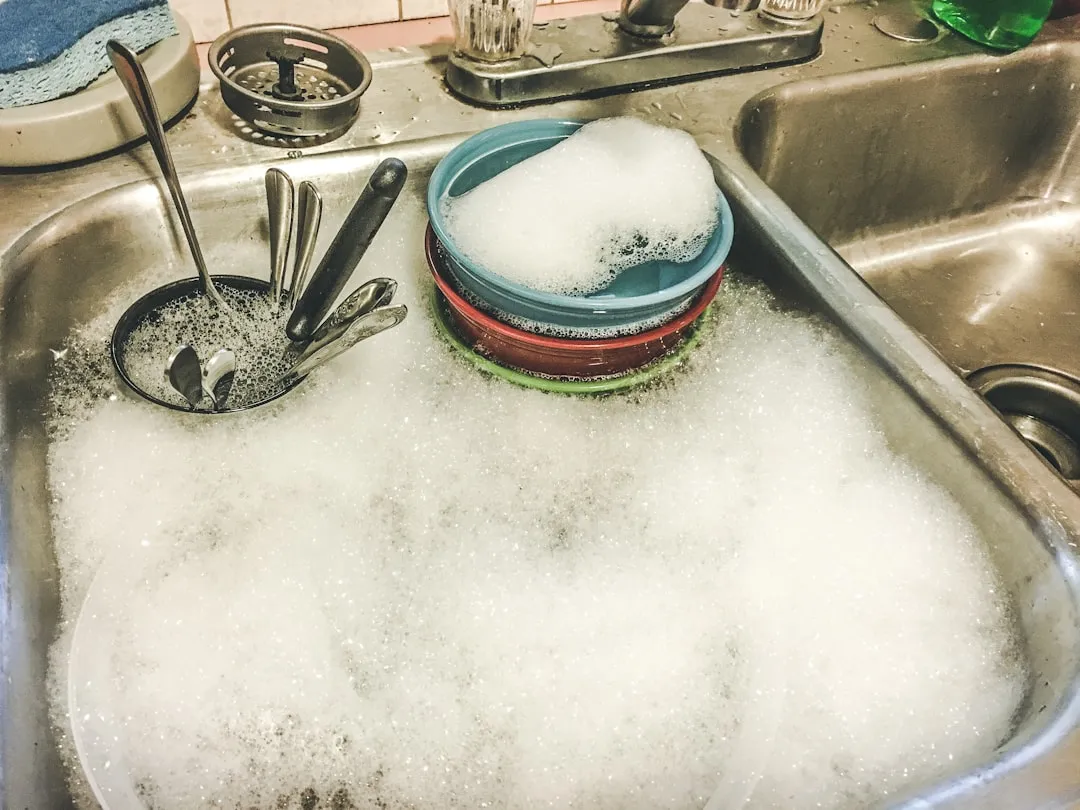

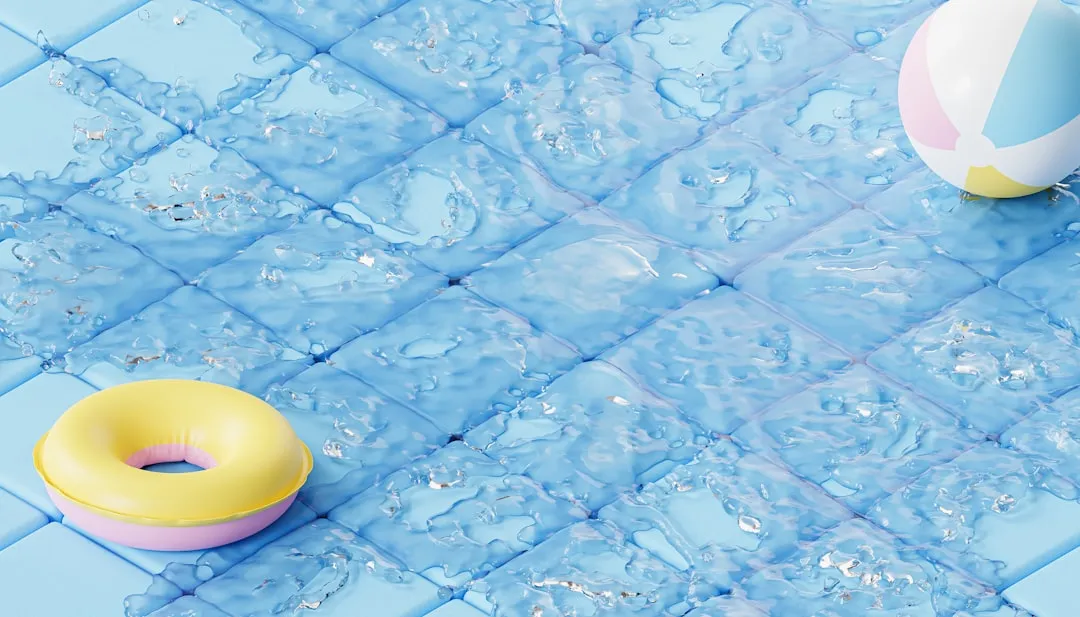
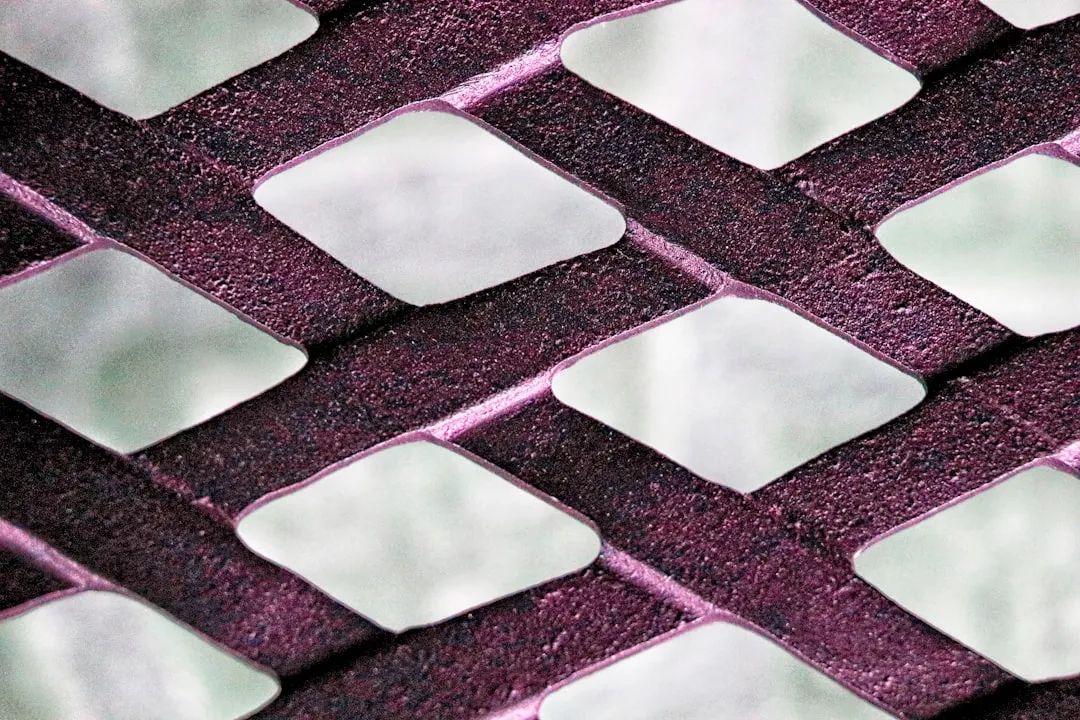




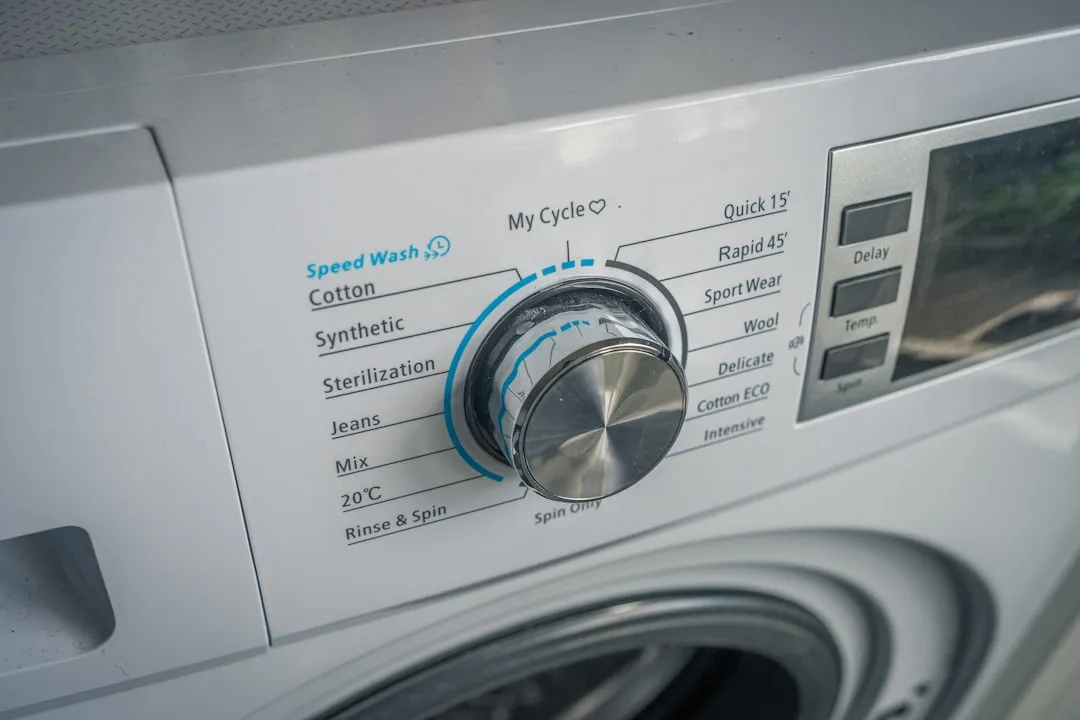

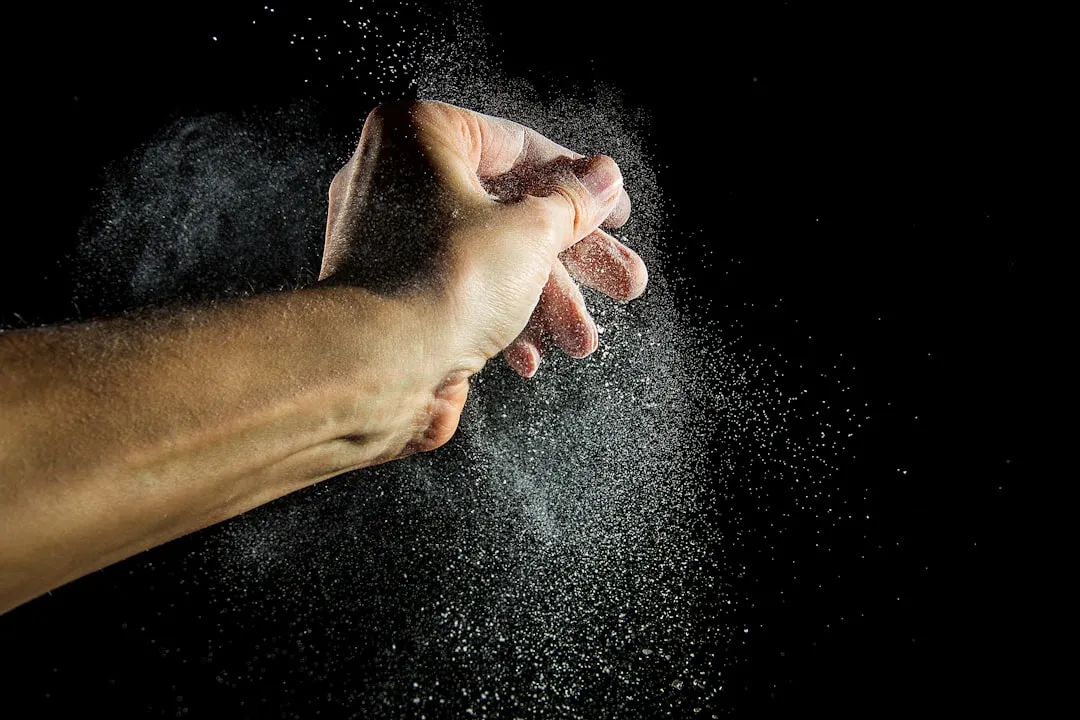







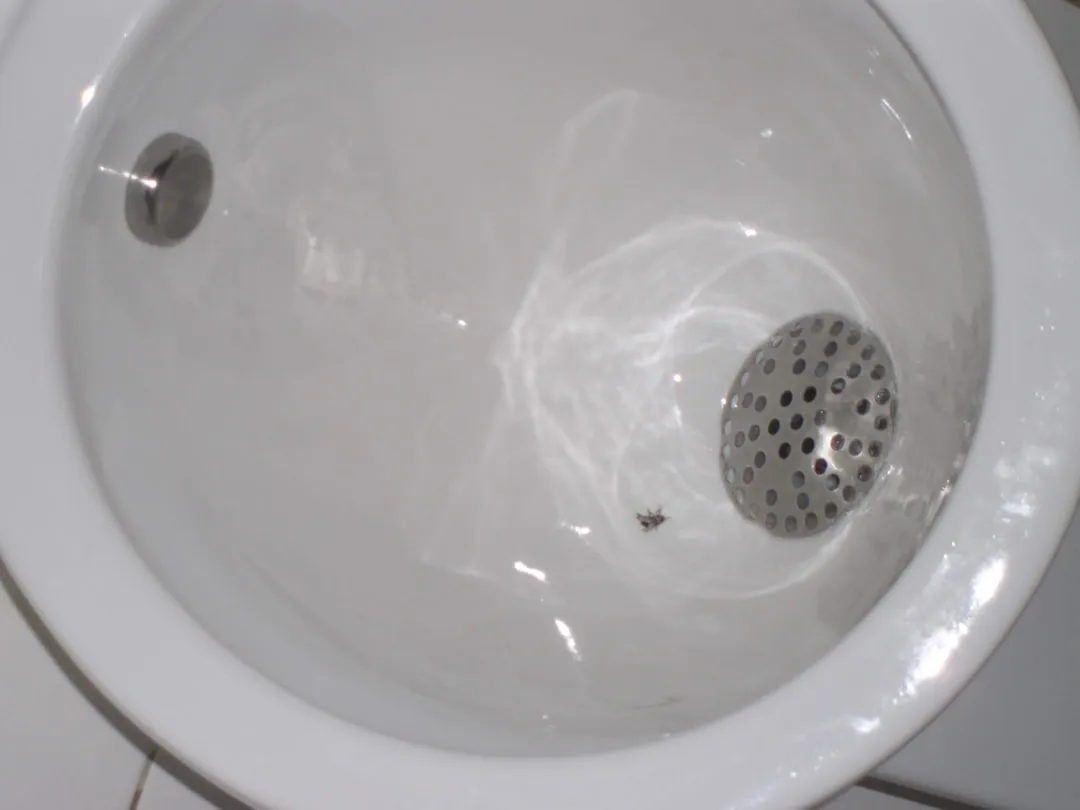
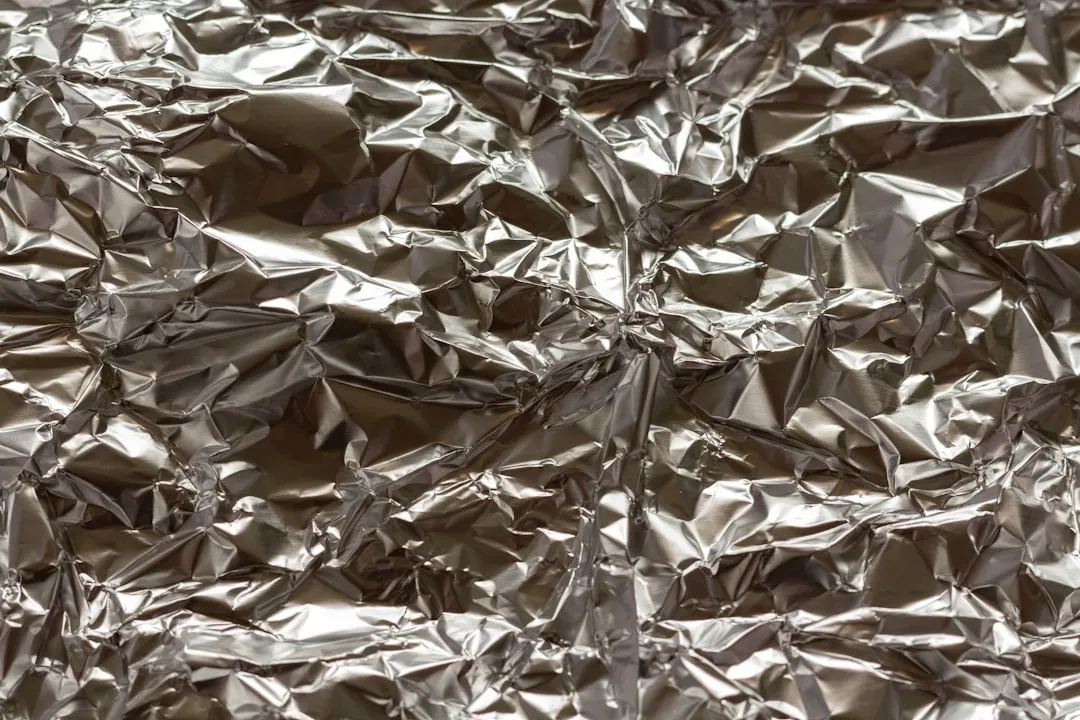
Comments
Be the first, drop a comment!